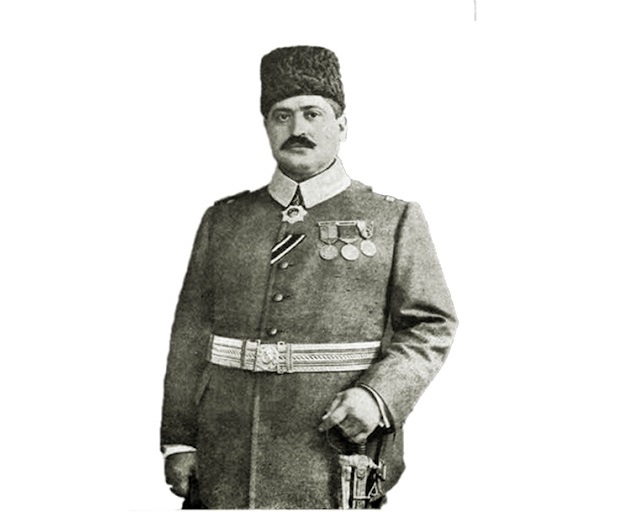
In a recent article, Irish Historian Dr. Pat Walsh reviewed Hans Lukas-Kieser’s latest book, Talaat Pasha: Father of Modern Turkey, Architect of Genocide (Princeton University Press, 20018) at some length and made a number of critiques and observations of key importance.[1] It is, therefore, important to share a summary of it for our readers.
Dr. Walsh begins his analysis by questioning the theoretical framework developed by Kieser in his book, whereby Kieser presents the Committee of Union and Progress (CUP) in general and Talat Pasha in particular as “proto-fascist” movement that was to influence “shape of things to come in Russia, Germany and other places in what Kieser calls “greater Europe”. Thus, according to Kieser, “in many ways, Talaat was not only father of Turkish nationalism but of Europe too!”
Here Dr. Walsh notes Kieser’s poor grasp of the historical contingency in explaining the history and emergence of the fascism. According to Walsh:
“Kieser has not got a historical grasp here but a political science or sociological notion of Fascism. Fascism, if it has any meaning at all, beyond a term of abuse, is historically related to the defence of Western capitalism/democracy/civilization against Bolshevism after the Great War cataclysm...
How does Talaat and the C.U.P. fit into this historical understanding of Fascism? They don’t. For one thing, they predate the Great War, the midwife to Fascism. For another, they also predate the Bolshevik coming to power in Russia in late 1917. So how can they be Fascist, except in an unhistorical social science way? The Ottoman government would have been admired by Thomas Hobbes – it was a Hobbesian form of power, not a Fascist one.”
According to Dr Walsh, Kieser also ignores more relevant cases as regards the emergence of fascism and proto-fascist thinking:
“It is, of course, possible that ‘proto-fascist’ elements existed before Fascism took the political stage. But these – extreme nationalism, race pride and racialism, imperialism, elite government, social-Darwinist ideology, etc. were all present in the Mother of Democracy herself, Imperial Britain. While Talaat was governing in Istanbul, the inaugural world conference of Eugenics was being presided over by Arthur Balfour and Winston Churchill in London, with a delegation from the Institute of Racial Hygiene coming from Germany attending. Ottoman society was wholly out of sync with this form of ‘progress’ that England was championing in the world. A number of Imperialist publications in Britain condemned the Ottoman Empire for its lack of Social Darwinist presumptions, which were all the rage at the time, and for its race-mixing and the ‘foolish’ allowing of ‘inferior’ elements (Jews, Gypsies, Armenians etc.) into the corridors of power in Istanbul – something the British Empire, built on strict racial foundations, took great care of guarding against.”
Thus, Kieser’s charges of fascism and his labeling Talat Pasha and the CUP as pro-fascist are simply inappropriate and misleading.
Likewise, while Kieser presents the CUP and Talat Pasha as the first to engage in population politics, he turns a blind-eye “about the vast ethnic cleansing of Moslem populations” which took place in the Ottoman heartland of the Balkans when the Balkan Christian states engaged “in nation-building through the killing and removal of millions in the decade prior to 1914.” It might be added that in the 19th century Tsarist Russia used a similar model to the Balkan states, ethnically cleansing the Caucasus, Crimea, and other regions under its dominion.
Dr. Walsh also finds it problematic that Kieser attempts to associate the CUP with extreme ideologies and the Young Turks as ideologues to bolster his claims. Yet, as elsewhere, here Kieser is not solid ground:
“Ideology, of course, is recognized as an essential ingredient in mass murder, these days. So, the Ottomans need to be connected up with extreme nationalism, pan-Turkism, and pan-Islamism, among other things. But the sheer fact that such a variety of ‘ideologies’ need to be accumulated against the Ottomans tends to suggest we are not dealing with a totalitarian system here but rather a conglomeration of things thrown together to bolster the security and cohesion of the Ottoman State in a shifting environment. Again, it is a case of the antidote warding off the virus by the taking on of features from it.”
Dr. Walsh also finds it important to remind readers that there was no campaign of hatred targeting the Armenians in the Ottoman Empire that could be compared to the position of the Jews in Germany:
“The Armenian position in the Ottoman Empire was entirely different to the Jewish position in Nazi Germany. Count von Moltke rather accurately described the Armenians as ‘Christian Turks.’ The Armenians served in significant positions within the Ottoman State throughout much of its later history. Sultans took Armenian women as wives and the Ottoman line became mixed with Armenian blood – something the English saw as ‘race suicide’. At least 12 Ottoman ministers between 1867 and 1913 were Armenian. They also served as Ambassadors, Bankers, translators, consuls and deputies in the Ottoman Parliament – 14 in 1908. The Ottoman Foreign Minister in the year before the Great War was an Armenian. It is extraordinary that the belief exists about Ottoman desire to destroy the Armenians when they were such an important pillar of the Empire and its functioning. Can it be imagined that Hitler had a Jew as his Foreign Minister in 1938?”
Some of Kieser’s arguments are simply oversimplified and overstretched to the point that they could be seen prima facie absurdities such as when Kieser suggests Talat Pasha himself had in fact “instigated war in Europe by pressurizing Austria to be tough on Serbia after the assassination of the Arch Duke and intimidating the Germans into war by threatening an alliance with Russia.” Kieser mistakenly argues that the CUP and Talat Pasha were seeking imperial expansion via the Great War. Yet, Kieser ignores the fact that the Ottoman government’s demands from Germany did not include anything that could be called expansionist but merely included demands and aspirations for more financial and political freedom against the European Great Powers. Dr. Walsh notes the inappropriateness of Kieser’s theory and notes that it rests upon wishful thinking rather than solid facts:
“But nobody has ever claimed the Ottomans were instrumental in the outbreak of the European war and this seems like turning the world upside down to advance a new theory. Neither were the Ottomans responsible for Britain’s decision to join this European war and turn it into a much more catastrophic and wide-reaching world war. This was the decisive decision in bringing catastrophe to the Ottoman Empire because it placed its territory in a vice between the British and Russian Empires for the first time. It put its capital under direct threat in a way that it never had been before, because the British had always warned the Tsar away from it on the threat of war.”
Likewise, Dr Walsh finds Kieser’s attempts to present Teşkilatı Mahsusa (the Special Organization of the Ottoman Empire) as an equivalent of “the SS or einsatzgruppen.” Noting that there is no evidence for the claim the Special Organization played any role in the Armenian relocation of 1915, Dr. Walsh reminds the readers that it was essentially “used … for special military operations in the Caucasus, Mesopotamia, Syria and Egypt.”
Dr. Walsh also notes that the Armenian relocation of 1915 was essentially a military necessity in the critical stages of the First World War when the Ottoman state was facing invasion from Russia, supported by Armenian rebellions in the East:
“The removal of the Armenians from the 6 eastern vilayets constituted a counter-insurgency campaign in the minds of the Ottoman leadership. It was far from systematic in its execution: In some areas nearly all Armenians were killed and in others nearly all survived. The big variable was local circumstance. The Ottoman State took active measures in the summer of 1915 to halt the relocations and stop the killings, holding to account some of those who were responsible for them. Many Ottoman officials, like Cemal Pasha, protected Armenians effectively, enabling a high proportion to survive the relocations. Around 350,000 Armenians remained in their localities in the western parts of Asia Minor. Armenians moved back and forth with the progress of the Russian Imperial armies in the east. Approximately 300,000 fled to Transcaucasia during the first 6 months of the war and others followed with the collapse of the Russian lines in late 1917, as a result of internal collapse of the Russian State and its forces.”
Dr. Pat Walsh also notes Talat Pasha’s personal efforts to punish those guilty people who abused and killed the Armenians during the relocation. Walsh reminds us that dozens were executed in this and that although this period “saw the greatest numbers of mass locations (Cuba, South Africa, Balkan Wars) such punishment for acts committed within them was unknown.”
Next, Dr. Walsh turns his attention to Kieser’s fallacious claims that Mustafa Kemal Ataturk the founder and father of the modern Turkey was essentially very similar to Talat Pasha in his goals and means the he used:
“After the War, Talaat had to leave Istanbul for Germany. While the British occupied Istanbul they decided to squeeze the Germans through the Royal Navy Blockade, which was operated until July 1919. The Germans remained undefeated on the battlefield after an orderly retreat. Prof. Kieser says that Talaat’s ‘agitation in exile contributed to the winning of the war against the West’ through the ‘Bolshevik/Kemalist alliance’ that Mustapha Kemal organised from Eastern Anatolia. It was through this alliance that Talaat’s goals were accomplished by Ataturk, says Prof. Kaiser…
While Prof. Kieser maintains that he is a historian who takes into account that ‘events could have evolved differently’ he does not seem to apply that principle to the biggest variable of all – Britain. The Turkish alliance with the Bolsheviks was entirely a consequence of Lloyd George’s policy of imposing a punitive treaty on the Ottomans and using the Greeks, and to a much lesser extent the Armenians, to carry it through to fruition. Lloyd George’s War Minister, Churchill was against this policy, seeing the danger from Bolshevism, and wanted to enlist the Ottomans as a bulwark against Russia – as in the days before Sir Edward Grey upset everything in his 1907 Convention with the Tsar.”
In conclusion, Dr. Walsh notes that although Kieser’s book has some merits, it has far too many problems historically and leans more toward propaganda and vilification rather than scholarly inquiry:
[T]he problem with Prof. Kieser’s book is that he is determined on a fixed position with regard to the Armenian issue and has then applied all the information he can gather to support that position, ignoring everything that undermines his arguments. However, what he offers as evidence is very insubstantial and is outweighed considerably by the evidence that opposes his view. Prof. Kieser’s zeal in spreading the word is almost religious and has resulted in the type of closed mind that is consequent from such a disposition. At one point, toward the end of the book, he expresses pleasure that he has played a part in consigning Talaat Pasha to Hell! Such moral animosity to historical figures is curious, to say the least, in a scholar.
That lethal combination turns history into propaganda – as Bryce and Toynbee demonstrated a century ago. Therefore, although Prof. Kieser presents enough evidence to falsify other accounts that are being used by the Armenian lobby, in the end he joins them all in their declarations of the one true faith, in which all dissent is damned as ‘denialism’. That is not historical inquiry, it is religion.”
[1] Dr. Pat Walsh, “The Talaat Pasha Question – DrPatWalsh.Com - 13.06.2020,” Center for Eurasian Studies (AVİM), Blog No: 2020/16, June 16, 2020, https://www.avim.org.tr/Blog/THE-TALAAT-PASHA-QUESTION-DRPATWALSH-COM-13-06-2020
© 2009-2025 Center for Eurasian Studies (AVİM) All Rights Reserved
No comments yet.
-
 THE SECOND INTERNATIONAL SYMPOSIUM ON TURKISH-ARMENIAN RELATIONS AND GREAT POWERS ORGANIZED BY ATATÜRK UNIVERSITY IN ERZURUM ENDS TODAY
THE SECOND INTERNATIONAL SYMPOSIUM ON TURKISH-ARMENIAN RELATIONS AND GREAT POWERS ORGANIZED BY ATATÜRK UNIVERSITY IN ERZURUM ENDS TODAY
AVİM 07.05.2015 -
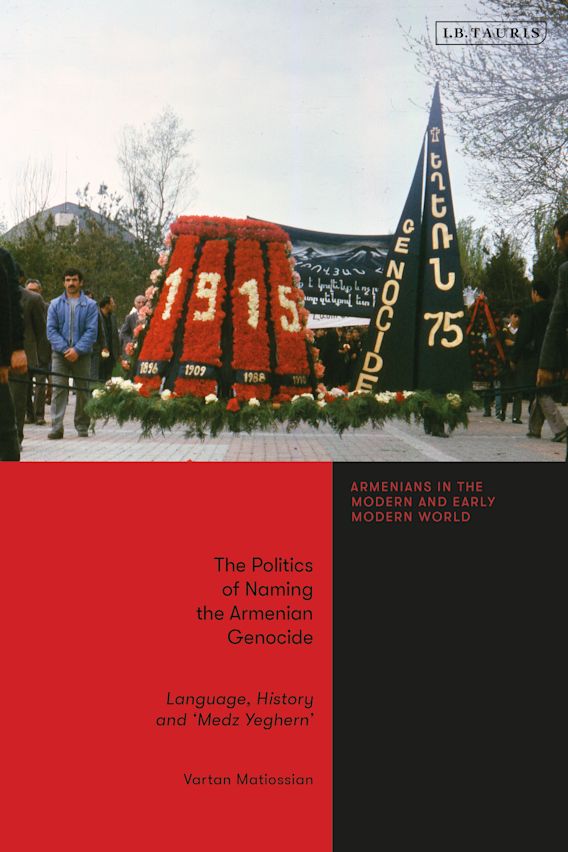 THE POLITICS OF NAMING THE 1915 EVENTS
THE POLITICS OF NAMING THE 1915 EVENTS
AVİM 18.11.2021 -
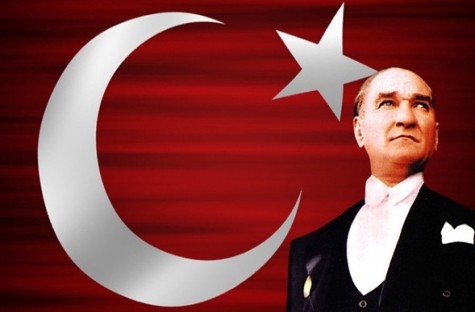 AVİM CELEBRATES MAY 19TH ATATURK, YOUTH AND SPORTS DAY!
AVİM CELEBRATES MAY 19TH ATATURK, YOUTH AND SPORTS DAY!
AVİM 17.05.2015 -
 THE GREEK INDEPENDENCE: MEMORY AND POLITICS, THE US PRESIDENT RUBS SALT TO THE WOUND
THE GREEK INDEPENDENCE: MEMORY AND POLITICS, THE US PRESIDENT RUBS SALT TO THE WOUND
AVİM 26.04.2021 -
 BLACK STAIN ON COUNTER TERRORISM: HAMPIG SASUNYAN CASE
BLACK STAIN ON COUNTER TERRORISM: HAMPIG SASUNYAN CASE
AVİM 28.01.2020
-
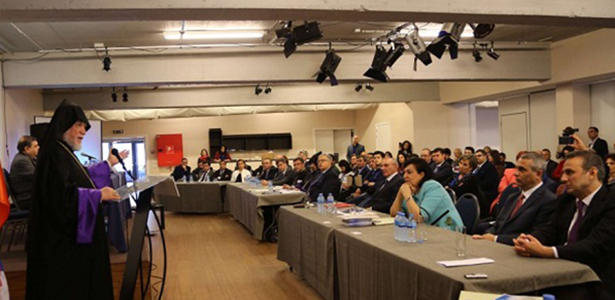 EXTREME ARMENIAN NATIONALIST DISCOURSE PERMITTED IN BELGIUM AND GERMANY
EXTREME ARMENIAN NATIONALIST DISCOURSE PERMITTED IN BELGIUM AND GERMANY
AVİM 01.11.2017 -
 THE CENTENNIAL OF TURKEY-AFGHANISTAN RELATIONS
THE CENTENNIAL OF TURKEY-AFGHANISTAN RELATIONS
Gülperi GÜNGÖR 10.03.2021 -
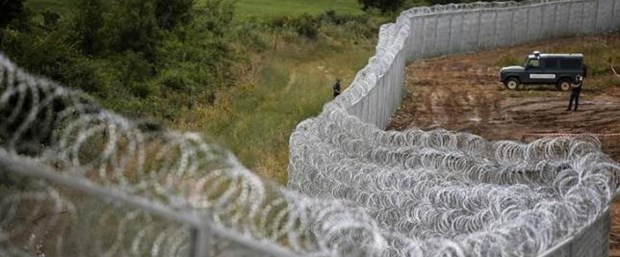 THE EU CONTRADICTS ITSELF BY CRITICISING TRUMP FOR BUILDING THE WALL ALONG THE US-MEXICO BORDER
THE EU CONTRADICTS ITSELF BY CRITICISING TRUMP FOR BUILDING THE WALL ALONG THE US-MEXICO BORDER
Hazel ÇAĞAN ELBİR 21.02.2017 -
TURKEY AND THE RUSSIAN BASE IN GYUMRI
Ömer Engin LÜTEM 11.02.2014 -
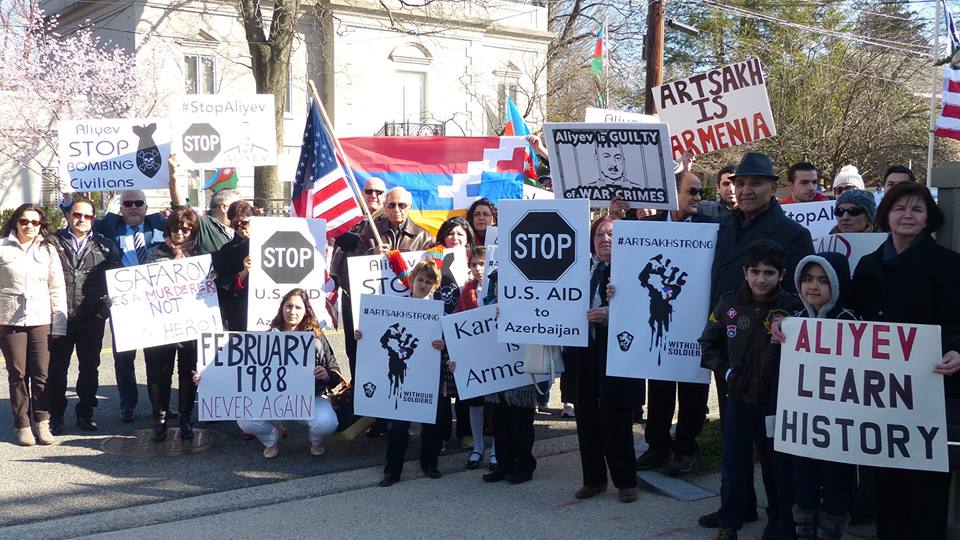 H. RES. 220 – A CONFLATION OF PAST AND PRESENT
H. RES. 220 – A CONFLATION OF PAST AND PRESENT
AVİM 21.11.2017
-
25.01.2016
THE ARMENIAN QUESTION - BASIC KNOWLEDGE AND DOCUMENTATION -
12.06.2024
THE TRUTH WILL OUT -
27.03.2023
RADİKAL ERMENİ UNSURLARCA GERÇEKLEŞTİRİLEN MEZALİMLER VE VANDALİZM -
17.03.2023
PATRIOTISM PERVERTED -
23.02.2023
MEN ARE LIKE THAT -
03.02.2023
BAKÜ-TİFLİS-CEYHAN BORU HATTININ YAŞANAN TARİHİ -
16.12.2022
INTERNATIONAL SCHOLARS ON THE EVENTS OF 1915 -
07.12.2022
FAKE PHOTOS AND THE ARMENIAN PROPAGANDA -
07.12.2022
ERMENİ PROPAGANDASI VE SAHTE RESİMLER -
01.01.2022
A Letter From Japan - Strategically Mum: The Silence of the Armenians -
01.01.2022
Japonya'dan Bir Mektup - Stratejik Suskunluk: Ermenilerin Sessizliği -
03.06.2020
Anastas Mikoyan: Confessions of an Armenian Bolshevik -
08.04.2020
Sovyet Sonrası Ukrayna’da Devlet, Toplum ve Siyaset - Değişen Dinamikler, Dönüşen Kimlikler -
12.06.2018
Ermeni Sorunuyla İlgili İngiliz Belgeleri (1912-1923) - British Documents on Armenian Question (1912-1923) -
02.12.2016
Turkish-Russian Academics: A Historical Study on the Caucasus -
01.07.2016
Gürcistan'daki Müslüman Topluluklar: Azınlık Hakları, Kimlik, Siyaset -
10.03.2016
Armenian Diaspora: Diaspora, State and the Imagination of the Republic of Armenia -
24.01.2016
ERMENİ SORUNU - TEMEL BİLGİ VE BELGELER (2. BASKI)
-
AVİM Conference Hall 24.01.2023
CONFERENCE TITLED “HUNGARY’S PERSPECTIVES ON THE TURKIC WORLD"









